What size compressor for automotive air tools?Choosing the right air compressor for automotive work depends on the tools you’ll use, their power demands, and how often you’ll need them. Here’s a breakdown to help you select the ideal size and type.
1. Understand CFM (Cubic Feet per Minute) Requirements
CFM measures the volume of air a compressor delivers. Automotive tools vary widely in their needs:
Light-duty tools (e.g., impact wrenches, tire inflators): 3–5 CFM.
Medium-duty tools (e.g., ratchets, drills): 5–8 CFM.
High-demand tools (e.g., sanders, paint sprayers): 10+ CFM.
Rule of thumb: Check your tool’s manual for its CFM rating at 90 PSI (pounds per square inch). Add 30%–50% to the highest tool’s CFM to ensure consistent performance, especially if using multiple tools.
2. Consider Tank Size
The tank stores compressed air, reducing how often the compressor runs. Larger tanks handle heavy tools better:
Small tanks (1–6 gallons): Suitable for occasional use (e.g., inflating tires).
Medium tanks (10–20 gallons): Good for hobbyists using impact wrenches or grinders.
Large tanks (30+ gallons): Ideal for professionals running sanders, spray guns, or multiple tools.
3. Horsepower (HP) vs. CFM
Higher HP doesn’t always mean better performance. Focus on CFM and pressure (PSI). A 1.5–2 HP compressor with 6–8 CFM at 90 PSI is often sufficient for home garages.
4. Portable vs. Stationary Compressors
Portable: Lightweight (e.g., pancake or hotdog compressors) for occasional use.
Stationary: Larger, louder, but deliver steady air for heavy-duty tasks.
5. Tool-Specific Considerations
Impact wrenches/ratchets: Prioritize CFM over tank size.
Paint sprayers: Require high CFM (10–15+) and clean, oil-free air (choose an oil-less compressor).
Plasma cutters: Need specialized compressors with high PSI (120–150).
6. Example Scenarios
Home mechanic: A 20-gallon, 5–6 CFM compressor handles most tasks.
Auto body shop: A 60-gallon, 15+ CFM unit supports spray guns and sanders.
Mobile detailing: A portable 6-gallon, 4 CFM compressor suffices for tire inflation and cleaning.
7. Maintenance Tips
Drain the tank daily to prevent moisture buildup.
Check oil levels (for oil-lubricated compressors).
Use air filters to protect tools from debris.
Final Thoughts
Avoid oversizing—a compressor too large wastes energy and money. For most DIYers, a 20–30 gallon tank with 6–8 CFM at 90 PSI strikes a balance. Professionals or heavy users should invest in industrial-grade models. Always match the compressor to your tools’ demands, and prioritize reliability over upfront cost. With the right choice, you’ll keep your garage humming efficiently for years.

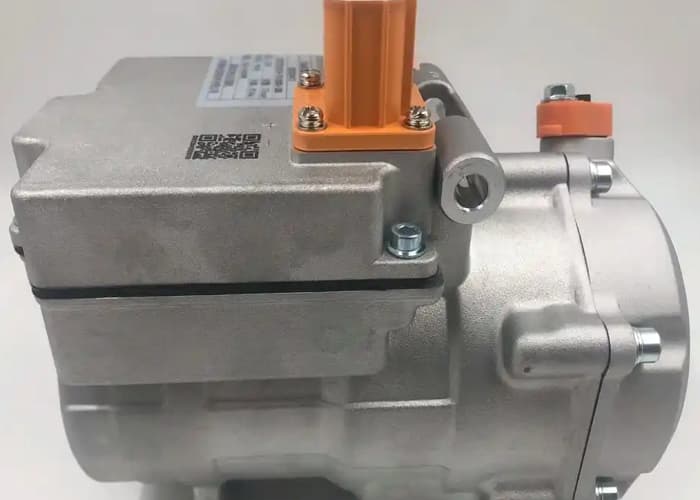
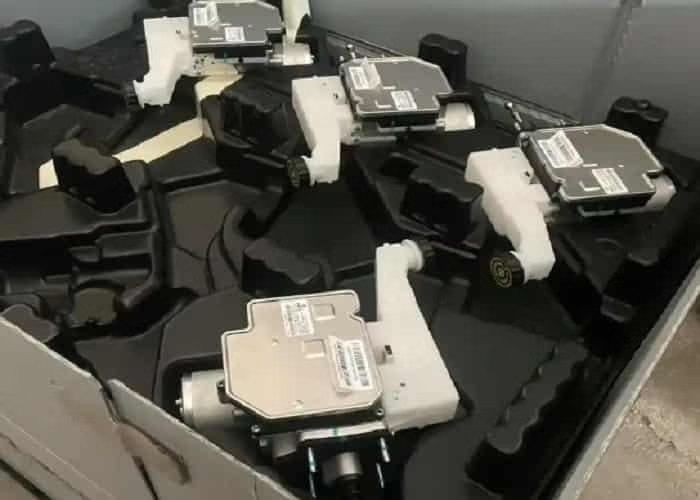
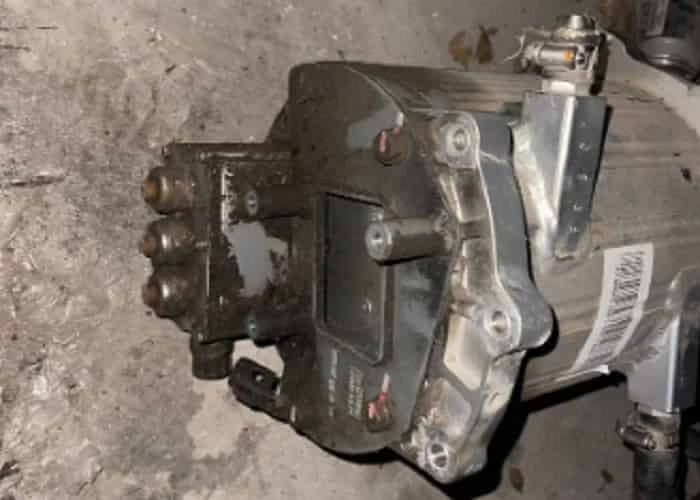

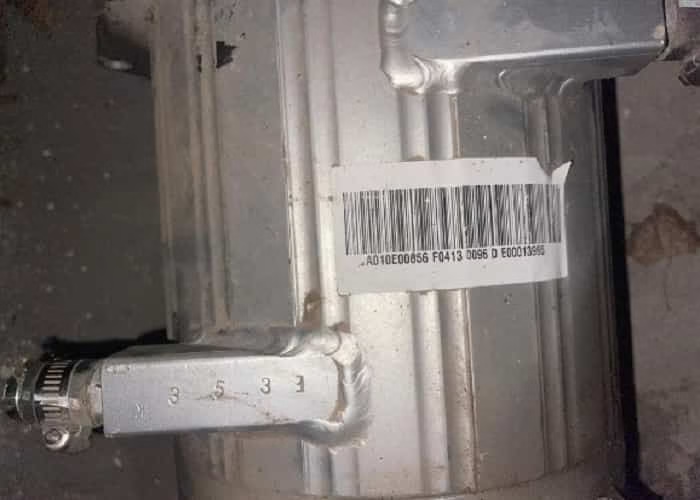
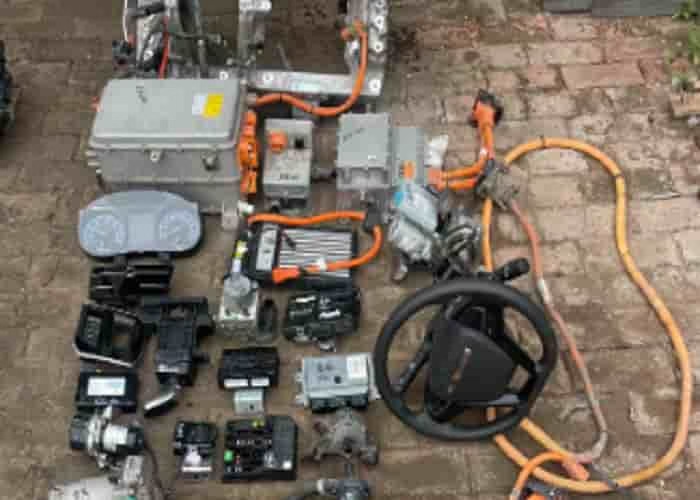

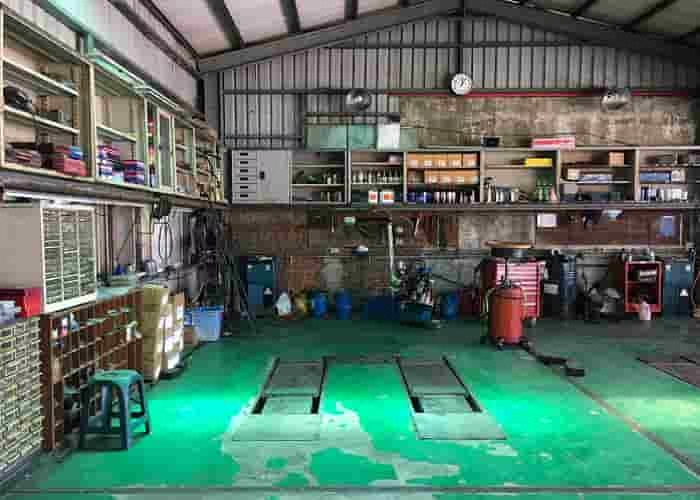
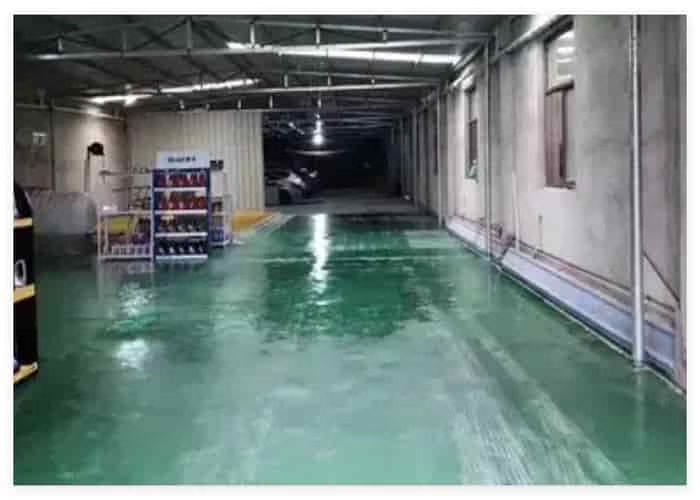






Leave a Reply